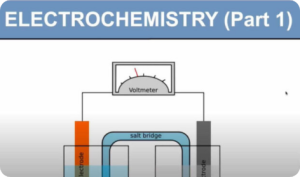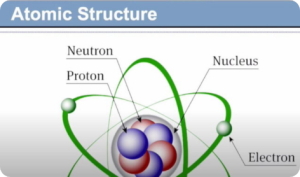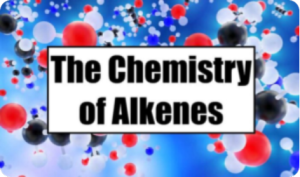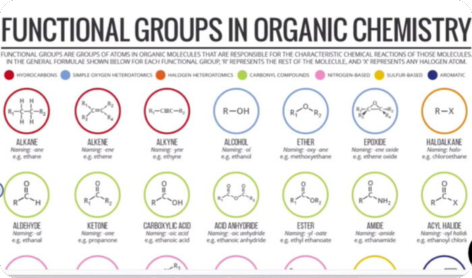Chem On Demand
Introduction to Organic Chemistry (Stereoisomerism)
Related products
-

Electrochemical Cell (Digital Notes)
$150.00 Add to cartAn electrochemical cell is a device that can generate electrical energy from the chemical reactions occurring in it, or use the electrical energy supplied to it to facilitate chemical reactions in it.
-

Nitrogen Compounds (Digital Notes)
$150.00 Add to cartNitrogen compounds such as urea, amine and guanidine are used to denature proteins, hence their antimicrobial properties. One special form of nitrogen compounds for antimicrobial treatment is the so-called quats or quaternary ammonium salts. These molecules have a positive charge, attracting the negatively charged cell membrane of microorganisms.
-

Atomic Structure (Digital Notes)
$100.00 Add to cartAtomic structure refers to the structure of an atom comprising a nucleus (centre) in which the protons (positively charged) and neutrons (neutral) are present. The negatively charged particles called electrons revolve around the centre of the nucleus.
-

Alkenes (Digital Notes)
$100.00 Add to cartAlkenes are hydrocarbons that contain at least one carbon-carbon double bond (C=C). They are unsaturated compounds, meaning they can react with hydrogen, halogens, and other molecules to form new compounds. Alkenes are commonly found in various industrial processes and are key building blocks in organic chemistry, with ethene (ethylene) and propene being the simplest and most well-known examples.
